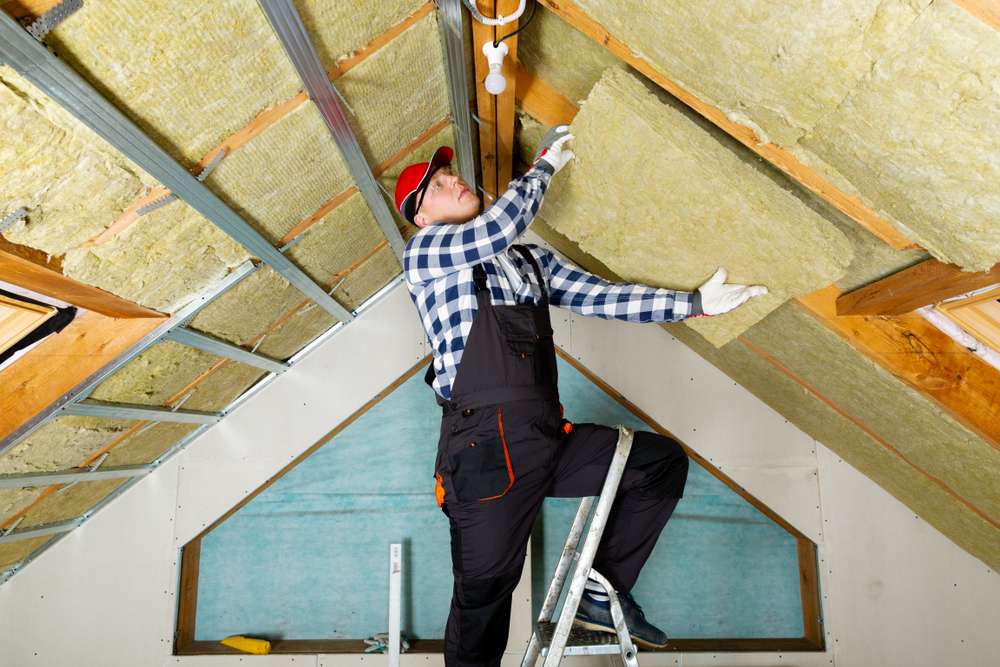Spray Foam Insulation for Home Construction and Energy Efficiency
Spray foam insulation is a versatile material that seals gaps, reduces air leakage, and can improve overall thermal performance in homes and buildings. Applied as a liquid that expands into a foam, it bonds to surfaces and creates a continuous barrier against drafts, moisture, and pests. For homeowners and builders, understanding how spray foam works, where it fits in construction projects, and what trade-offs exist is essential for making informed decisions about insulation and energy efficiency.

What is insulation and how does it work?
Insulation slows the transfer of heat between a building’s interior and exterior. Materials like fiberglass, cellulose, and spray foam trap air or create barriers to conduction and convection. Effective insulation reduces temperature swings, helps heating and cooling systems run more efficiently, and contributes to occupant comfort. The right choice depends on climate, building design, budget, and whether you need additional benefits such as air sealing, moisture control, or structural reinforcement.
What makes spray foam different from other insulations?
Spray foam is applied wet and expands to fill cavities, cracks, and irregular shapes, which sets it apart from batt or loose-fill insulations. There are two main types: open-cell (softer, more permeable) and closed-cell (denser, higher insulating value). Because spray foam adheres to surfaces and forms an air barrier, it can significantly reduce drafts and thermal bridging. It also resists settling and can add some rigidity to framing when using closed-cell formulations, offering combined insulation and air-sealing in one application.
How spray foam improves your home comfort
In a home, spray foam can make living spaces quieter and more consistent in temperature by reducing drafts and preventing outside air infiltration. It helps maintain more even indoor temperatures room-to-room and can reduce the workload on HVAC equipment, which may increase system longevity. For older homes with gaps around windows, doors, and rim joists, spray foam can help modernize the building envelope and address multiple problem areas in a single retrofit.
Where does spray foam fit in construction projects?
In new construction, spray foam is often used in exterior walls, roofs, and around foundation walls to create a continuous thermal and air barrier. Builders appreciate the speed of application and the ability to meet tighter performance standards without adding excessive thickness. In renovations, spray foam is commonly applied in attics, crawlspaces, and wall cavities where access allows. Proper installation by trained professionals is important to ensure correct thickness, consistent coverage, and compatibility with other building materials.
Can spray foam boost energy efficiency?
By reducing air leakage and improving the thermal performance of the building envelope, spray foam can contribute to lower energy use for heating and cooling. The extent of savings depends on existing conditions, local climate, and the quality of installation. Pairing spray foam with proper ventilation strategies and efficient HVAC equipment helps preserve indoor air quality while capturing the energy-efficiency gains. Energy modeling or an energy audit can help quantify potential improvements for a specific home.
Practical considerations for choosing spray foam
When selecting spray foam, consider type (open- vs closed-cell), local building codes, and environmental factors. Closed-cell foam typically has a higher insulating value per inch and better moisture resistance, while open-cell is often less expensive and more vapor-permeable. Installation requires professional equipment and trained applicators; improper application can lead to gaps, overspray, or odor issues during curing. Also consider potential off-gassing during installation—adequate ventilation and following manufacturer safety guidance protect occupants and installers. Maintenance needs are minimal, but any penetrations or renovations should account for the foam layer.
In conclusion, spray foam insulation is a powerful tool for improving thermal performance and reducing air leakage in homes and construction projects. Its combined air-sealing and insulating properties make it attractive for both new builds and retrofits, but success depends on choosing the right type, following code and safety practices, and ensuring professional installation. When evaluated alongside other insulation options and ventilation strategies, spray foam can be an effective part of a holistic approach to comfort and energy efficiency.






